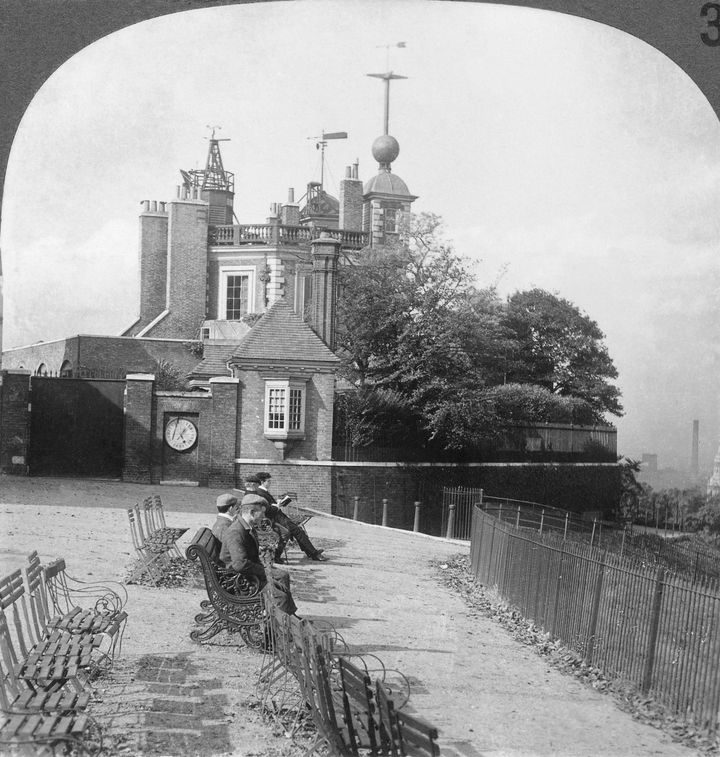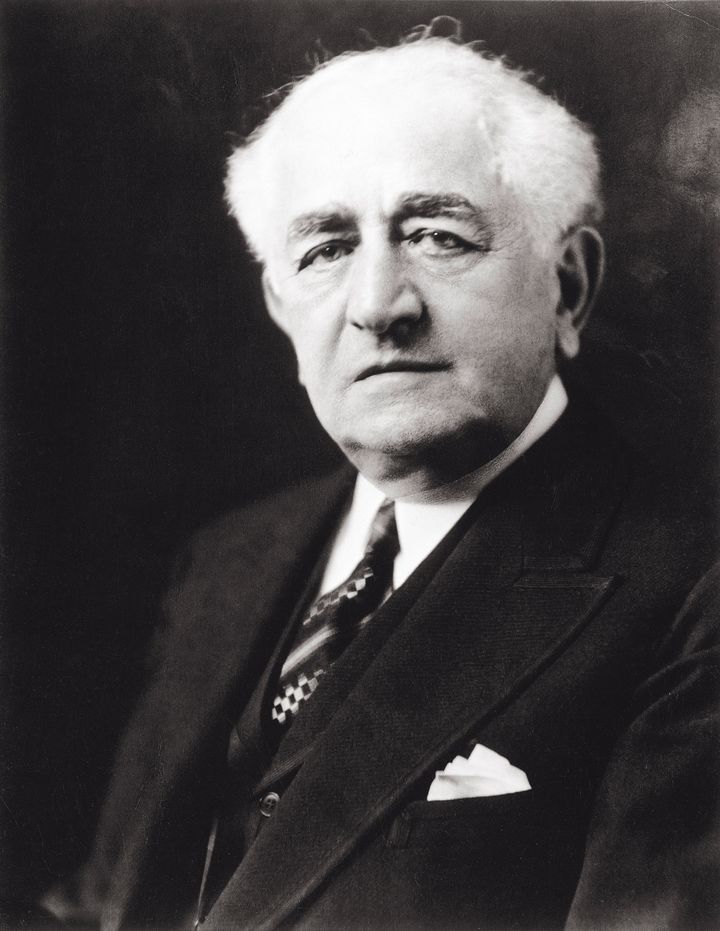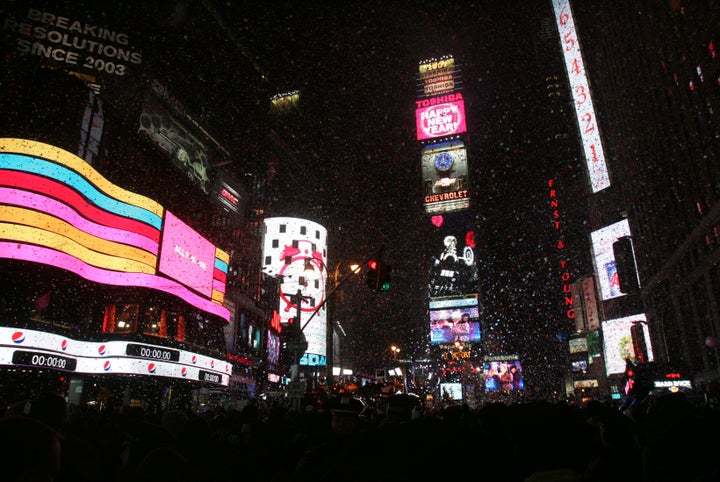“222 Words” is a series that gives you 222-word explanations to the questions that would normally get lost in a day’s news cycle. Read them while you’re bored at work.
********
A giant ball dropping on a pole was an important measure of time not too long ago.
It all started when ship captains needed a good way to track time in order to navigate. Delicate machines called chronometers would do so, but they would often get out of sync.
So Captain Robert Wauchope had the idea of dropping a giant ball from an elevated position near the shore. The first dropped in 1829, at Portsmouth, England, marking noon. The idea caught on.

Eventually inspired by this tradition, businesses in cities began having their own ball drops.
It became a point of prestige for companies to demonstrate that they could keep time, then still a universal challenge.
City dwellers apparently became fond of the practice and would actually use the drop to set their own clocks.

Wanting to create a new New Year’s tradition, Adolph Ochs ― publisher of The New York Times and the man responsible for getting the city to name Times Square after his paper ― decided to have fireworks at his Times Square building in 1904.
Not being able to secure a fireworks permit three years later, he affixed a lighted time ball to the building that lowered for midnight.
The tradition stuck and has continued far past when most people know what a time ball was used for.

********
For more on this subject:
The Times Square website has a timeline of notable historical moments for the tradition.
The New Yorker has a much more detailed summary of how time balls came to prominence.
The New York Times explains how the Times Square ball isn’t a true time ball, because it signals time by stopping, not the initial movement.
Time, living up to its name, also looks into the history of time balls.
